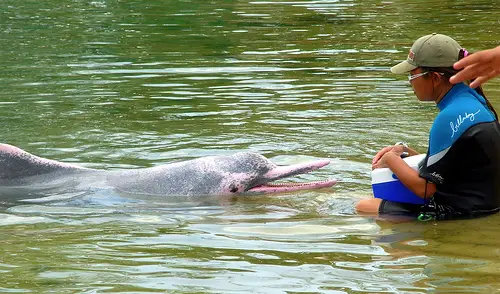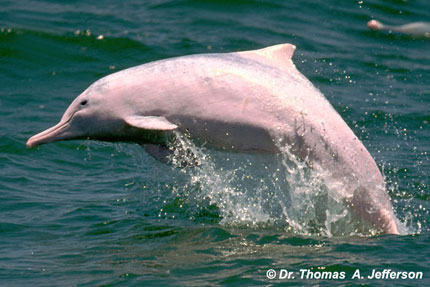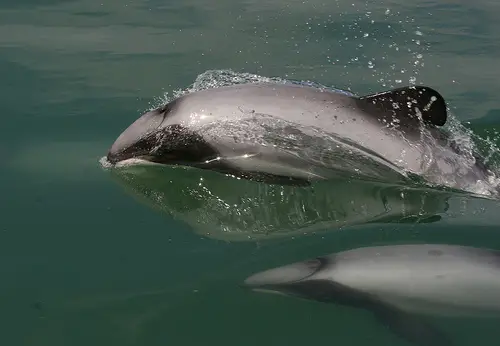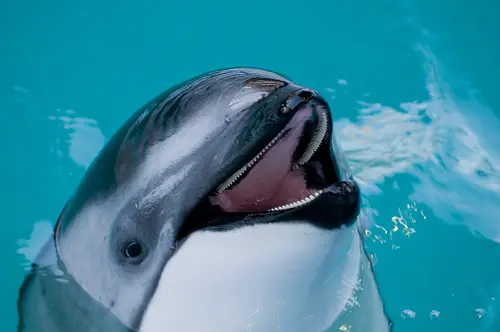Humpback Dolphin
Humpback dolphins are members of the genus, Sousa. As its name suggests, the most distinguishable characteristic of the Humpback dolphin is its humps on the back of adult members of this particular species. It is also known for its elongated dorsal fins. Unfortunately, there has been a lot of dispute about this sea creature so there is not much information deemed 100% valid.
However, what we do know is that they can be found along West African Coast, as well as the Indian Ocean from Australia to South Africa. They can be found in both freshwater and salt water areas including coastal seas, large river estuaries, and river mouths.
Taxonomic wise, Scientists are currently disputing whether there are 2 or 5 species of Humpback dolphins. These supposed species are:
Sousa chinensis – known as the Indo-Pacific humpback dolphin, Pacific humpback dolphin, or the Chinese white dolphin. This dolphin occurs along the southern coast of China. This was scientifically described back in 1765 by Osbeck.
Sousa plumbea – known as the Plumbeous humpback dolphin or the Indian humpback dolphin. It is also formerly known as the Lead Coloured Dolphin and occurs from the Indian Ocean eastwards towards Peninsula Malaysia. It was first scientifically described by Cuvier in 1829.
Sousa teuszi – also known as Atlantic humpback dolphin, it was first scientifically described by Kukenthal in 1892. Its range includes the western coast of Africa, from Cameroon to Senegal.
Sousa lentiginosa – First scientifically described by Owen in 1866, the Speckled Dolphin occurs around the waters of India and Sri Lanka.
Sousa borneensis – in 1901, it was first scientifically described by Lydekker. It is also known as the Malayan dolphin, and occurs along the coasts of Borneo island.
Although these 5 species have been proposed, most scholarly authorities only accept the Indo-Pacific and Atlantic humpback dolphin species. However, some do state that the Indo-Pacific species should be separate – as in Indian and Pacific. This is because there is no real dividing line as these species intermix, but scientifically speaking, the dividing line between the Indian and Pacific varieties is the island of Sumatra, Indonesia.
Other than this, the proposed species of Sousa borneensis, Sousa lentiginosa, and Sousa plumbea are to be known as Sousa chinensis. This is because recent morphological studies and genetic analyses indicate that there is only 1 variable species.





